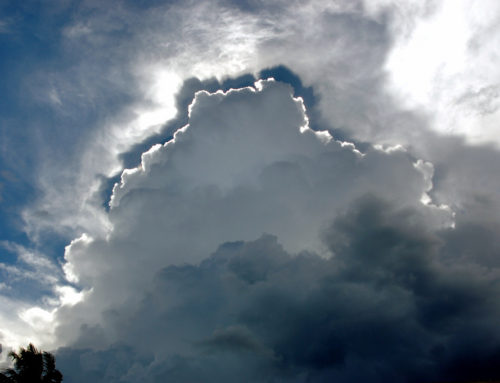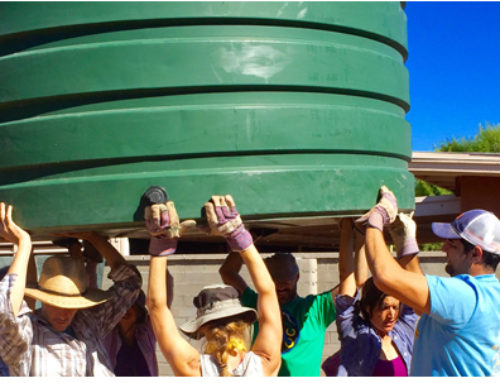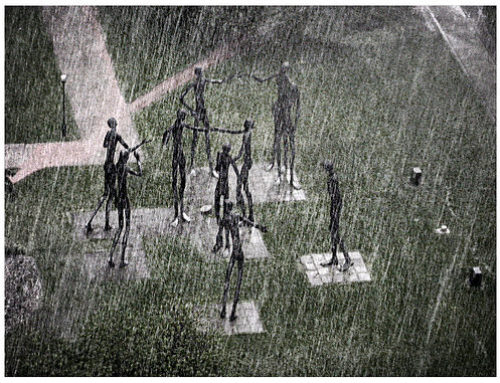-
The Carbon Disclosure Project is not being shy in asking the world’s 300 largest projects to measure their water footprint.
Like Water for Carbon: New Project Will Survey Companies’ Global H2O Footprint

Global warming may be measured in degrees, but climate change is measured in water. All living things depend on it, and the weather, from hurricanes to droughts, is formed by it. So it should come as no surprise that a leading compiler of corporate carbon emissions data is now asking companies for information on their total “water footprint.”
The Carbon Disclosure Project (CDP) has launched a new program, CDP Water Disclosure, aimed at compiling data from companies and organizations on their total water usage globally. The data will be provided to investors for use in understanding organizations’ exposure to water-related risks and opportunities.
But as the head of the Water Disclosure program admits, determining water footprint presents challenges above and beyond measuring emissions of CO2. “For carbon and greenhouse gases we have the [greenhouse gas] Protocol,” said Marcus Norton, head of CDP Water Disclosure. “There isn’t an equivalent standard for water.”
Part of the reason is that a ton of CO2 is a ton of CO2, whether its emitted in New York or Nairobi, while the environmental impact of water used varies widely depending on where it comes from.
For instance, asks Norton, “is it coming from rainfall, or from an underground aquifer that isn’t being replenished?” Furthermore, the same amount of water usage has a different impact in an area with plentiful water than in one where water supplies are threatened or under political or regulatory restraint.
Bringing companies to the water table
The CDP sent out its water use questionnaire (PDF) this month to more than 300 of the world’s largest companies in sectors the CDP determined are most affected by water use issues, like the automotive, mining and food and beverages industries.
The next challenge: actually getting them to fill it out. “If we work really hard we can get a 40 percent response rate, but that was carbon and this is water, so we don’t know what will happen,” said Norton, referring to CDP’s carbon disclosure questionnaires.
The questionnaire is based on a pilot survey the CDP launched in 2008 with a smaller sample of companies. One of the findings from that survey was that while many companies did measure their own total water usage, nearly all had no knowledge of the water use of their suppliers, an especially complicated challenge for food and beverage companies who may have hundreds of suppliers.
Norton said that CDP will not score the results for at least the first two years. “I think the key goals for the early years of the program is to raise understanding. If [companies] don’t have the ability to report on all areas, and realize this is something investors want to know, the likelihood is they will build that capacity to respond in the future.”






